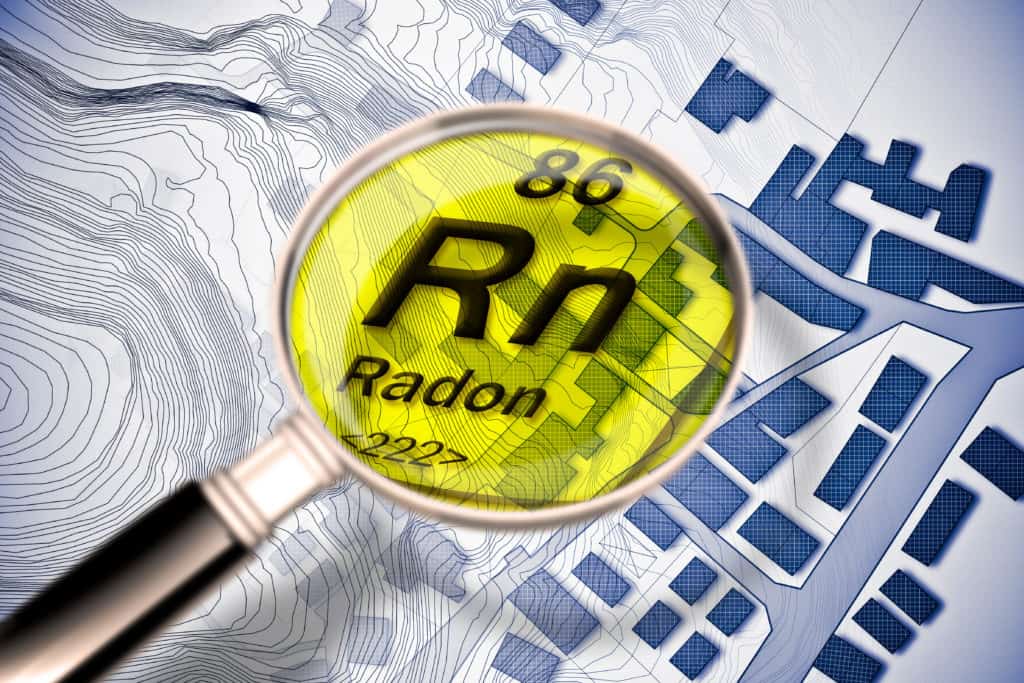Radon gas is a byproduct of decaying elements like uranium and radium. Inside the gas are radioactive particles that can harm the cells lining your lungs. Radon exposure is a major cause of lung cancer—second only to smoking.
Radon can be found in the ground, and, unlike some other ground-based health threats, it is produced naturally. When it goes from the ground to your home, it can get trapped inside. As it continues to build up, the percentage of particles in the air can get to dangerous levels. Here are some of the primary causes of radon gas in your home.
Soil
When certain natural, radioactive elements decay, they produce radon. These elements can be found in a variety of stones and rocks in the soil. Once the radioactive decaying process starts, the radon can seep up through the soil and between gaps, cracks, and porous materials.
If your home is positioned above radon’s path of travel, it can absorb this dangerous gas. Basements are particularly vulnerable to radon gas. Even a minuscule crack in your basement walls or floor can be large enough to allow radon to seep through.
Rocks
Rocks also pose a danger. Radon can be produced by radioactive materials trapped within the veins of stones underneath your home. As the gas is released, it will diffuse toward any crack it can find, particularly through the foundation. It’s common for radon to be released from rocks into the atmosphere around people’s homes, but it mixes in with the rest of the air. As it diffuses, the air cuts its concentration, rendering it harmless to humans.
Natural Stone
Natural stones such as granite or marble may have radioactive materials within them. As these start to decay, they can release radon into your home. Usually, the concentration is low. However, if your home has a lot of stone, you could be in constant contact with radon, which could result in health problems.
In addition to granite and marble, some stone flooring options have radioactive materials inside that could release radon. There is no safe amount of exposure to radon, so if you have stone in your home, you should consult a professional service like Air Quality Consultants to have them check your radon levels.
Well Water
Water, by itself, is not a source of radon. However, well water often comes into contact with soil or rocks that contain radon. Then, as it comes into your home through your drinking water, the water you brush your teeth or shower with, or as you wash dishes, you and your family get exposed. You can use Granular Activated Carbon (GAC) filters to get rid of the radon before it reaches the inside of your home. The radon gas is released from the water and carried through a vent, which takes it outside.
Unless your home is elevated above the ground and without stone, there’s a chance you and your family could be exposed to radon. To check whether your air is healthy—and to troubleshoot any air quality issues that may arise—you can reach out to Air Quality Consultants. An indoor air quality test can give you the kind of peace of mind you and your family deserve.




